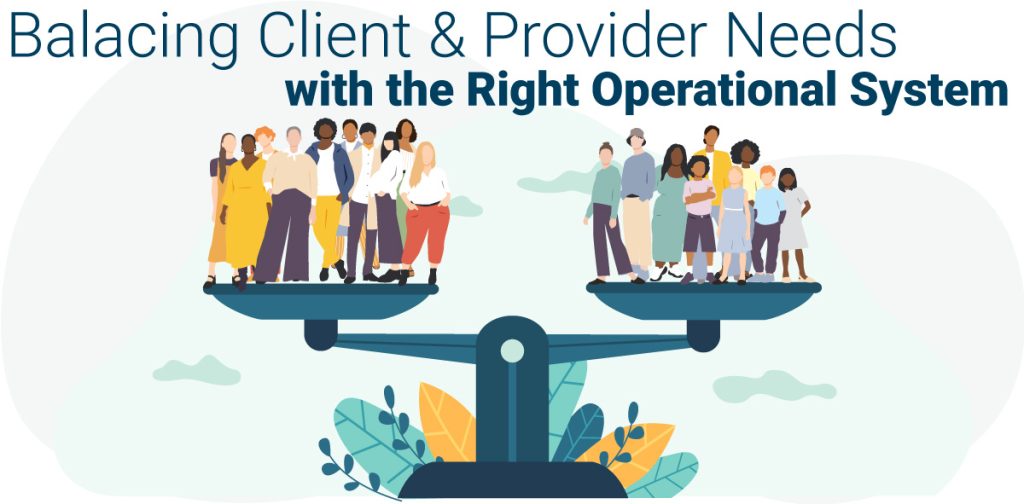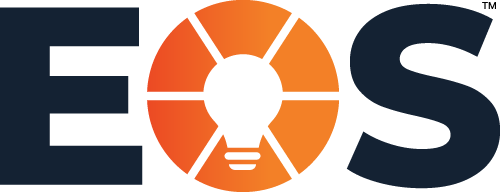ABA & Behavioral Therapy for Autism | Connect Plus Therapy
ABA & Behavioral Therapy for Autism | Connect Plus Therapy

Healthcare is an ever-changing network of services, resources, and regulations. As a result, sub-sectors, like Behavioral Health, must constantly evolve to catch up to advancing medical healthcare standards and evidence-based treatments, and create tailored structures that can be applied to the specific needs within their care bracket.
Within the behavioral health sub-sector, there are specialty services that could be labeled as a niche market due to the distinct individual needs of its clients, such as Applied Behavioral Analysis (ABA), which is a therapeutic approach for individuals diagnosed with Autism Spectrum Disorder (ASD).

ABA agencies find themselves on the path of extreme changes and growth while facing the demands of an evolving sector. Therefore, they must choose the best support structures to operate on a sustainable, efficient, and compliant level. As a result, the foundation for success is implementing a well-rounded operational system to execute and maintain the company’s strategic plan, vision, and core values.
ABA was first described in 1913 by John Watson and has since evolved over the years through several different behavior modification approaches such as TEACCH (Treatment and Education of Autistic and Related Communication Handicapped Children), DTT (Discrete Trial Training), the ESDM (Early Start Denver Model) and PRT (Pivotal Response Training) (Suppo, 2017).
Evidence-based ABA that utilizes a naturalistic and holistic approach is a fairly new concept and is experiencing increased regulatory implementations, insurance coverage changes, and quality assurance improvements. However, despite these challenges, the most significant challenge ABA agencies face is an all-time high demand for quality services.

On the provider side, the BACB (Behavioral Analysts Certification Board) reports only 5,980 new BCBAs (Board Certified Behavioral Analysts) have graduated in 2022, for a total of 59,976 providers to support the needs of individuals diagnosed with ASD (BACB 2023). In the years before that, according to the same source, we saw 6,243 graduates in 2020, for a total of 44,025 providers, and 10,460 graduates, with an overall of 54,223 providers in 2021 (BACB 2023). That equals a newly certified provider rate of 14% in 2020, 19% in 2021, and 10% in 2022, which, when coupled with the ASD diagnosis rate increasing 47% over the past decade, creates a daunting staffing shortage.
To accommodate client needs and avoid demand-induced burnout in providers, ABA agencies must constantly improve their existing structures while implementing new ones. They can achieve this by balancing concepts that blend innovative solutions and supportive measures. The entrepreneurial operating system (EOS) for businesses, founded by Gino Wickman in 2000, provides the necessary tools to achieve these goals (EOS 2023). EOS focuses on an organization’s strategic plan, where communication of the “Vision,” the ability to accomplish goals or “Traction,” and highlighting the importance of teamwork and team health, “Healthy,” are the three most crucial features (EOS 2023).

This system helps leaders create sound and clearly defined structures to communicate the agency’s vision, internally and externally. It guides the creation and implementation of processes while congruently applying the necessary tools to measure outcomes. Furthermore, it outlines methodologies for regular team meetings, data collection through a “scorecard” and KPI (key performance indicator) metrics, increased supervision through consistent evaluation and feedback, clearly defined job responsibilities, and precise accountability distribution.
However, EOS’s most essential feature for our agency is detailed process descriptions that provide step-by-step instructions and transparency for all individuals involved. These process descriptions allow administrative staff, providers, clients, and other stakeholders to work towards the same goals with clear direction.

In healthcare, especially Behavioral Health, finding the right providers and experienced staff to coordinate services and assess client needs is paramount. ABA agencies are part of a service industry, which sets them apart from, for example, a manufacturing company, as the focus is not on creating a tangible product but rather on providing high-quality therapy services to individuals and supporting their families and communities. This is a significant differentiation and is why the EOS philosophy must be communicated by leadership in a way that enables providers to apply it to the line of service they deliver.
We communicate our agency’s strategic plan and vision by visualizing growth and improvement opportunities to support research, increased mentoring and training possibilities, work-life balance programs, career paths, technology support, and advocacy for clients and families.

Many providers in our field are highly motivated by factors outside of compensation, including an organization’s values and mission, the availability of continuous training, benefits, support, and the leadership their employer delivers. Agencies like ours can experience high turnover rates of up to 75% among RBTs (Registered Behavior Technicians) and we therefore must detect burnout, frustration, and the need for change early on to implement improvements or enhance existing systems (Molko, 2018).
Creating diverse job opportunities within clinical and administrative departments is an investment in the company’s future and its employees. Growing talent from within shows appreciation and validation of staff members’ contributions and demonstrates the company’s level of trust in its employees to clients.
To help leaders identify the best fit in regards to filling positions and creating dynamic teams, tools like “The 6 Types of Working Genius” by Patrick Lencioni are beneficial (McKinney, 2022). The model comes with a quick and simple assessment to determine each individual’s natural gifts and drivers, enabling leaders to improve talent distribution and create proper team balance. This technique results in higher productivity and job satisfaction. Efficient teams can then support and engage with providers at an elevated rate. This should be among the top priorities for ABA agencies who wish to support their clients with the highest quality services and with minimal provider turnover, especially when we consider 26% of BCBAs are emotionally exhausted and 29% of them experience the feeling of depersonalization (Dounavi & Fennell & Early 2019).
ABA agencies, and other niche market healthcare providers, must effectively balance client and provider needs. Their success depends on their ability to understand, develop, and implement balanced structures that support their industry’s unique demands. Finding the right operational system has been a key factor in our ABA agency’s success. When faced with the high demand for our services, increased provider burnout, and the necessity of having “the right person in the right seat,” using the EOS system has been vital to our success.
